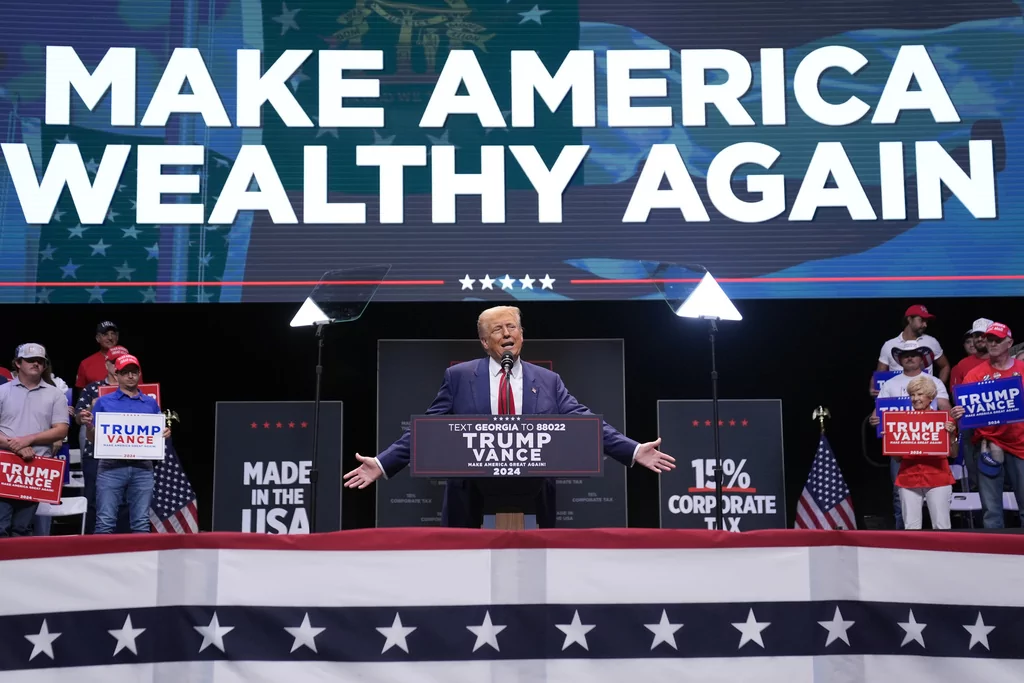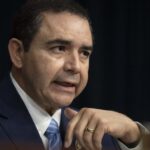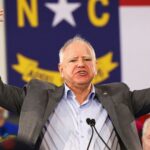
Former President Donald Trump threatened to ramp up his fight with international trade partners through larger tariffs on all vehicle imports from Mexico.
Tariffs have been a key part of Trump’s economic vision since his 2016 campaign, and he has increasingly leaned into them in recent weeks. His proposals have gotten bolder, threatening to implement a 200% tariff on Sunday, which would be the highest tariff in U.S. history.

“We’ll put a tariff of 200% on if we have to,” Trump said at a rally in Juneau, Wisconsin. “We’re not going to let it happen. We’re not letting those cars come into the United States.”
This figure is double his previous threatened figure of 100%. Either figure would be the highest tariff increase in U.S. history, far surpassing the 50% boost of the 1828 “Tariff of Abominations.”
Tariffs have featured prominently in many of his recent rallies, including his Saturday return rally in Butler, Pennsylvania. He touted a plan to lower the corporate tax rate to 15%, on the condition that all production would be done domestically.
He outlined his plan in an op-ed in Newsweek.
“Here’s the deal that I will be offering to companies and manufacturers around the planet: The United States will give you the lowest taxes, the lowest energy costs, the lowest regulatory burdens, and free access to the best and biggest market on the planet — but only if you make your products here in America and hire American workers for the job,” Trump said.
He said he would offer further incentives by divvying out expanded research and development tax credits to such companies. The former president also said he would appoint a “Manufacturing Ambassador” to bring manufacturing back to the U.S.
“To help ensure our pro-manufacturing policies reach their full potential, I will also appoint a Manufacturing Ambassador, whose sole task will be to go around the world and convince major manufacturers to pack up and move their production to America,” Trump wrote.
Tariffs, first championed in the U.S. by Alexander Hamilton, are intended to protect and boost domestic manufacturing by increasing the costs of imported goods. It served as the greatest source of U.S. government revenue from its founding until the adoption of the federal income tax in 1913. The U.S. became the industrial powerhouse of the world under the age of tariffs but trended away from them in the 20th century as free trade grew in popularity.
CLICK HERE TO READ MORE FROM THE WASHINGTON EXAMINER
Tariffs are controversial among economists, and most of them oppose the policy. They point to expected price increases on goods affected by tariffs and possible foreign retaliation.
Trump was the first president in decades to tout tariffs as an economic cure, imposing a slew of major ones during his presidency. The Biden administration kept many of these and imposed its own.







